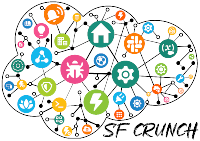In Salesforce, you cannot directly trigger a Flow or Apex Trigger when a Sales Engagement Cadence is completed, because Salesforce does not expose a native “Cadence Completed” event or field out-of-the-box that Flows or Apex can monitor.
However, you can work around this limitation depending on what your goal is. Here is an overview of the solution using Change Data Capture and Apex trigger on CDC event:
